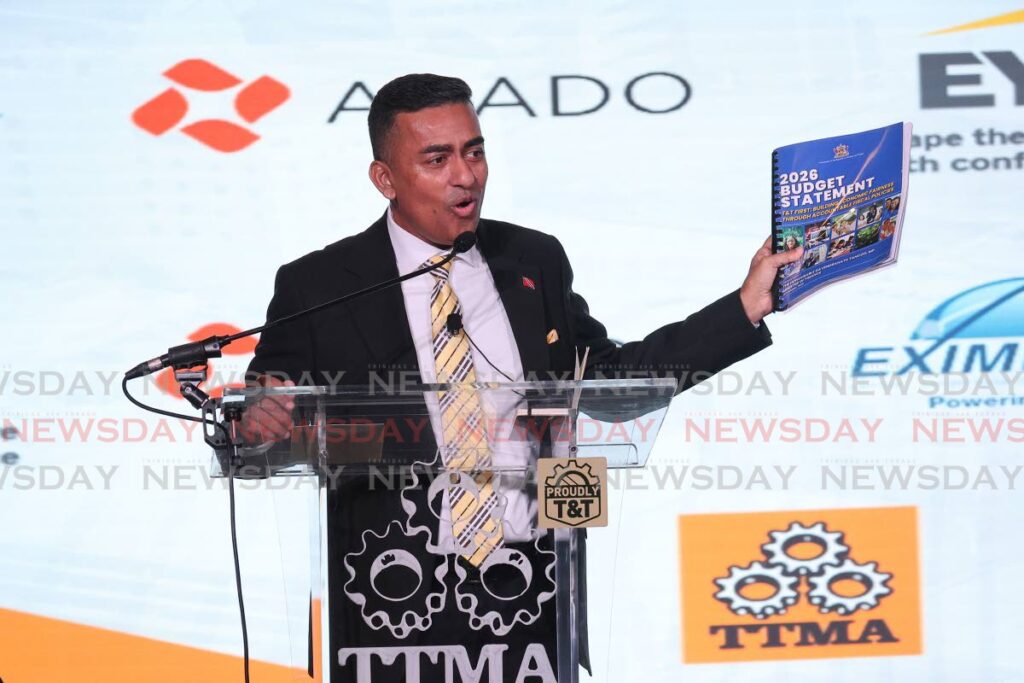Finance Minister Davendranath Tancoo’s 2025-2026 budget presentation, delivered at the TTMA post-budget conference in Port of Spain, has sparked intense scrutiny. The budget, laden with strategic language and ambitious promises, has been dissected for its underlying messages and potential implications. Here’s a closer look at the key themes and tactics employed in the document. The budget opens with hyperbolic claims, asserting that the previous PNM administration left the nation in ‘economic ruin’ and ‘absolute decay.’ Critics question whether this rhetoric is a political maneuver to position the current government as saviors or a prelude to unpopular fiscal measures. Promises dominate the budget, with the word ‘will’ appearing 296 times and ‘intends’ four times. While these pledges are framed as achievements, many echo long-standing, unfulfilled commitments from both PNM and UNC administrations. Strategic word choices, such as ‘halted’ instead of ‘scrapped’ for the property tax, raise concerns about the permanence of these measures. Buzzwords like ‘best international practices’ and ‘seamless digital tax ecosystem’ aim to project modernity, but their practical implementation remains uncertain. The budget also repackages ongoing projects as new successes, such as the PoS General Hospital and flood mitigation initiatives, which were initiated under previous governments. International collaborations, including gifts and grants from India, the US, and China, are celebrated, though critics argue these come with geopolitical strings attached. Euphemisms soften the blow of unpopular measures, such as increased utility bills and a higher retirement age for NIS pensions. The budget’s grand claims and deferred decisions on contentious issues like public servant pay hikes suggest limited fiscal flexibility. While the minister avoids drastic measures like devaluation or IMF intervention, the lack of a clear economic vision leaves many questioning the government’s long-term strategy.
